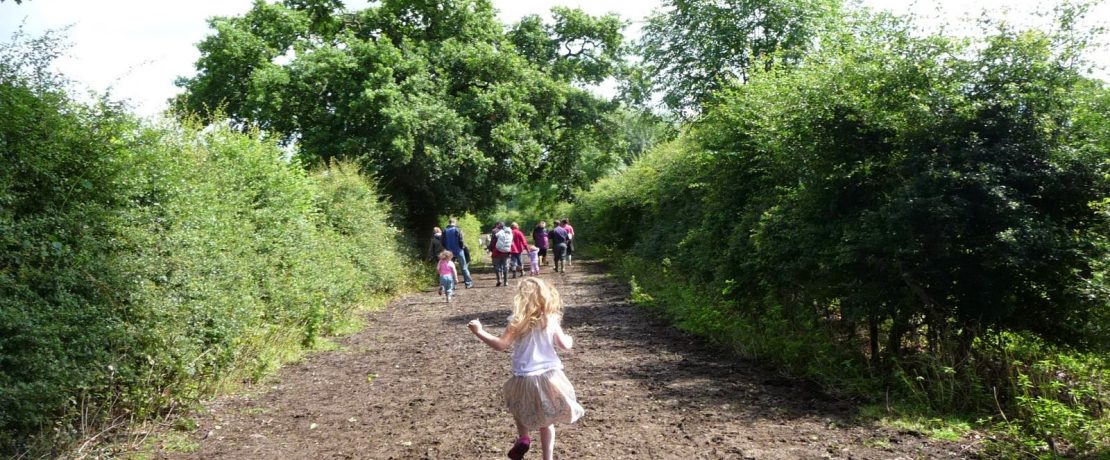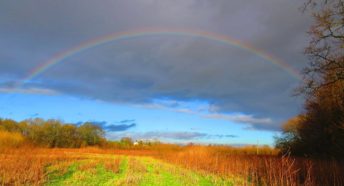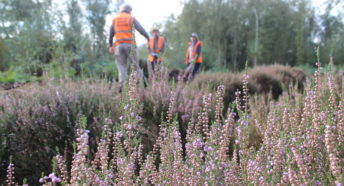How to date a hedgerow
Hedges are a vital habitat for a wide range of wildlife. More than 600 plants, 1500 insects, 65 birds and 20 mammal species are known to live or feed in hedgerows. Some date back as far as the Enclosure Acts (1760 – 1820) or even further. But how can you tell how old they are?
Hedgerows are one of the most widespread forms of natural habitat, providing shelter, food and safety to a huge range of creatures, from insects to mammals. They have been used as barriers and for shelter potentially since neolithic times.
The most reliable way of finding out how old a hedgerow is is by consulting old maps and other documents. But if you’ve been wondering whether a local hedgerow is likely to have been there a long time, or alternately, if it’s been planted relatively recently, one way is to use ‘Hooper’s Rule’.
This method, devised in the 1970s, advises that the age of a hedgerow can be estimated by the use of the following formula:
Age =(no of species in a 30 yard stretch) x 110 + 30 years
However, to make it easier, you can count the number of trees and shrubs in a number of separate 30-metre stretches of hedge. Average this out; the number you end up with should indicate roughly the number of centuries since the hedge was planted! So if you count two species in the first stretch, four in the second, three in the third and two in the fourth, add them together (2+3+4+2) then divide by 4 – and that would indicate that the hedgerow was about 275 years old!
If you would like more information about hedgerow plants, download ‘a little rough guide around the hedges’ via the link below!








